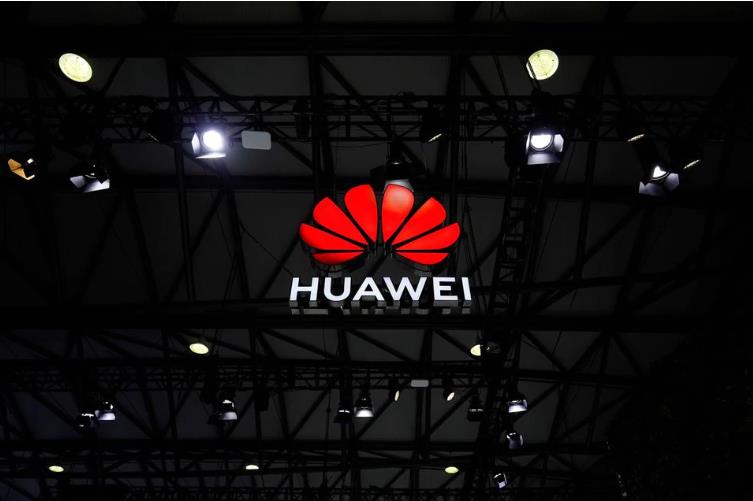
By Kate Yuan
(JW Insights) -- China's Huawei Technologies is planning a return to the 5G smartphone industry by the end of this year, according to research firms, signalling a comeback after a U.S. ban on equipment sales decimated its consumer electronics business, Reuters reported on July 12.

Huawei should be able to procure 5G chips domestically using its own advances in semiconductor design tools along with chipmaking from Semiconductor Manufacturing International Co (SMIC), three third-party technology research firms covering China's smartphone sector told Reuters.
A return to the 5G phone market would mark a victory for the company that for almost three years said it was in "survival" mode. Huawei's consumer business revenue peaked at RMB483 billion ($67 billion) in 2020, before plummeting by almost 50% a year later.
The Shenzhen-based tech giant once vied with Apple and Samsung to be the world's biggest handset maker until rounds of U.S. restrictions beginning in 2019 cut its access to chipmaking tools essential for producing its most advanced models.
One of the research firms said it expected Huawei to use SMIC's N+1 manufacturing process, though with a forecast yield rate of usable chips below 50%, 5G shipments would be limited to around 2 million to 4 million units. A second firm estimated shipments could reach 10 million units, without providing further details.
Huawei could produce 5G versions of flagship models like the iPhone rival P60 this year, with new launches likely in early 2024, the three research firms said.
However, U.S. restrictions cut Huawei off from Google's Android operating system and the bundle of developer services upon which most Android apps are based, limiting Huawei handsets' appeal outside of China.
The research firms noted Huawei in March announced it had made breakthroughs in electronic design automation (EDA) tools for chips produced at and above 14 nanometre (nm) technology.
The research firms believe Huawei's EDA software could be used with SMIC's N+1 manufacturing process to make chips at the equivalent of 7 nm, the powerful semiconductors typically used in 5G phones.
“The forecast yield rate of less than 50% means that 5G chips are going to be costly. I guess if Huawei wants to eat the cost they can do this, but I don't see such chips as price competitive,” said Doug Fuller who researches chips at the Copenhagen Business School, according to the Reuters report.
RELATED
READ MOST

No Data Yet~







